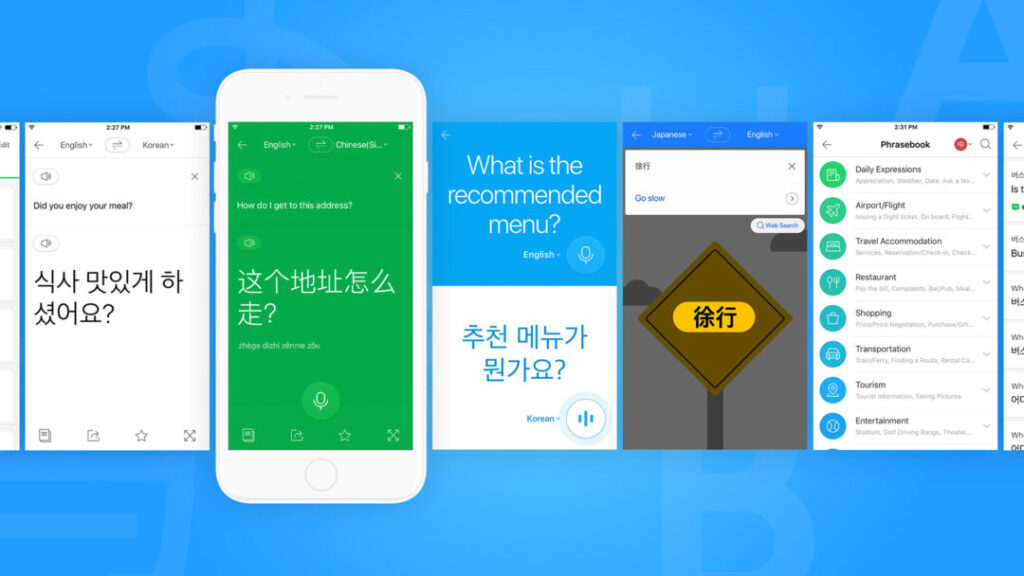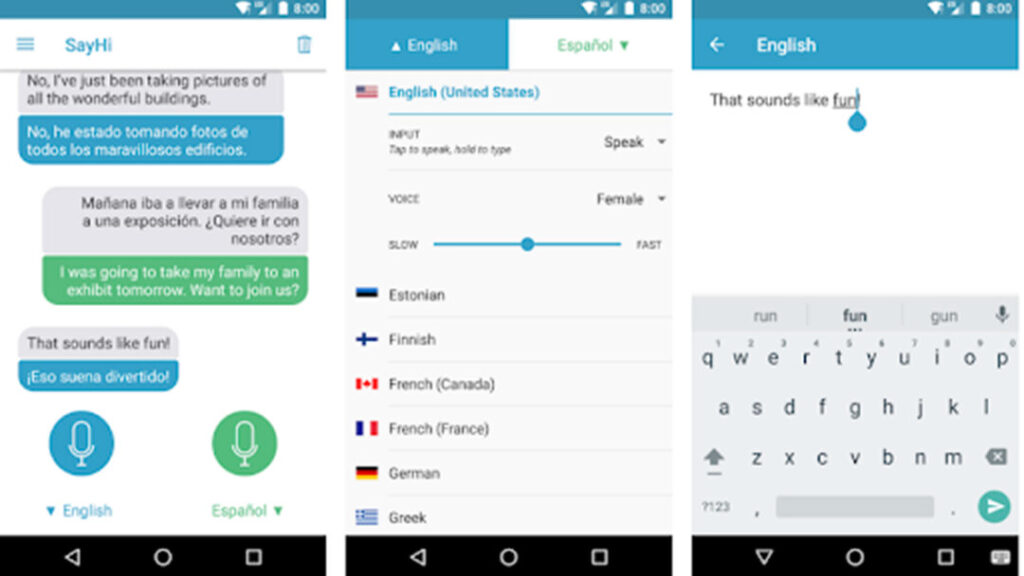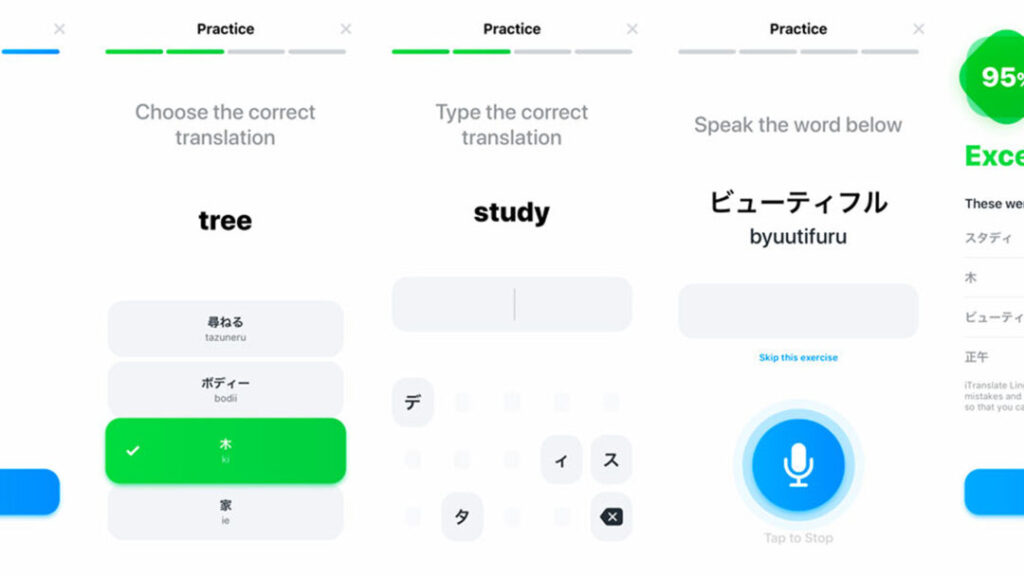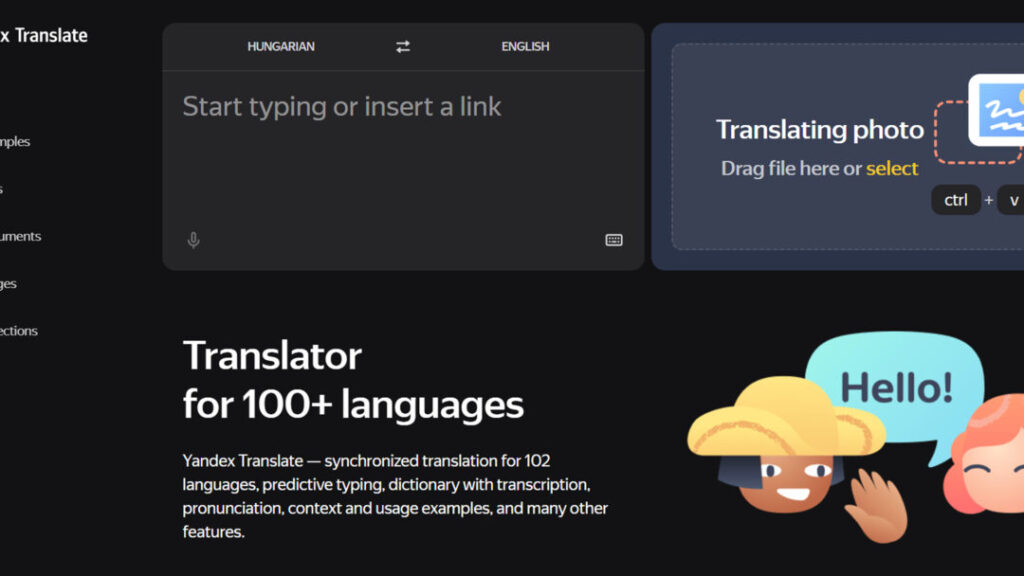Communicating in Japan can be a challenge if you are not confident with Japanese. While English is understood in major cities, many menus, signs, and conversations are still entirely in Japanese. Translation apps bridge this gap, helping visitors and expats navigate daily life, connect with locals, and enjoy cultural experiences with fewer misunderstandings. Below is a quick comparison table followed by detailed reviews of each recommended app.
Translation Apps for Japan
| App | Best For | Offline Mode | Voice Translation | Camera Translation |
|---|---|---|---|---|
| Papago | Nuanced translations in East Asia | Yes | Yes | Yes |
| Waygo | Menus and signs offline | Yes | No | Yes |
| SayHi | Quick conversations | No | Yes | No |
| iTranslate | All-around balance | Yes (Pro) | Yes | Yes (Pro) |
| Yandex Translate | Extra backup with dictionary support | Yes | Yes | Yes |
Papago

Papago is developed by Naver and has earned a strong reputation across East Asia for its accuracy with Japanese, Korean, and Chinese. Its translations often feel more natural than global competitors, particularly with phrases that do not easily convert into English. Travelers find it especially helpful when reading menus, signs, or casual chat messages from locals.
The app supports text, voice, and camera translations, giving it the flexibility to handle most situations during a stay in Japan. Another advantage is its offline mode, which works once the necessary language packs are downloaded. This allows smooth use on trains, in rural areas, or in places where mobile data may be unreliable.
Features:
- Optimized for East Asian languages
- Supports text, voice, and image translation
- Works offline with downloaded packs
- Provides more natural sentence flow in Japanese
Waygo

Waygo is designed with a specific purpose in mind: translating menus and signs. Unlike general apps that try to cover every possible scenario, Waygo specializes in reading printed Japanese text, making it a practical choice for travelers who want quick help when dining or shopping.
A major benefit is that Waygo works fully offline after installation, without requiring mobile data. This is particularly useful in rural Japan, where Wi-Fi and phone signals can be weak. Tourists appreciate the ability to scan menus or street signs instantly without worrying about connectivity issues.
While its functions are more limited compared to all-in-one apps, Waygo has built a reputation for accuracy in the situations it covers. For visitors who just want to confidently order food or understand signs on the go, it provides peace of mind.
Features:
- Fully offline operation after installation
- Specializes in food menus and signage
- Simple interface for quick scanning
- Limited beyond basic text but highly reliable for dining and travel
SayHi

SayHi is a translation app designed for conversations, with a focus on turning spoken words into instant translations. Instead of showing text on screen, it plays translated audio, making interactions smoother and more personal. This is particularly useful in Japan, where face-to-face communication is valued.
The app is extremely simple to use: you speak into your phone, and it immediately delivers a Japanese translation that the other person can hear. This reduces the need for showing your phone around or typing, which can sometimes feel awkward in public. It also has an option to adjust playback speed so that conversations stay clear.
SayHi works best for quick exchanges such as giving directions to a taxi driver, buying something at a shop, or greeting new acquaintances. While it does not include text or camera functions, it excels in making spoken communication fast and stress-free.
Features:
- Real-time voice-to-voice translation
- Adjustable speech speed for clarity
- Clean, minimal interface for beginners
- Great for taxis, shops, or casual chats
iTranslate

iTranslate is one of the most versatile translation apps available for both tourists and long-term residents. It supports text, voice, and website translation, and its Pro version includes offline features and camera scanning. This makes it an excellent all-around option for handling both casual travel and daily life in Japan.
Its user interface is simple and intuitive, allowing even first-time users to switch between functions with ease. Another highlight is its website translation capability, which helps expats who need to browse Japanese-only sites for shopping, events, or services.
Although the free version is useful, many users consider the Pro subscription worth it because of offline access and camera support. Having these features ensures that the app remains helpful even when mobile data is unavailable or expensive. Overall, iTranslate balances practicality, design, and reliability.
Features:
- Voice, text, and website translation
- Camera mode in Pro plan
- Offline functionality with subscription
- User-friendly interface with easy navigation
Yandex Translate

Yandex Translate is less well known compared to other apps, but it provides unique strengths that make it a great backup. It comes with detailed dictionary-style translations, showing multiple meanings for a single word. This can help learners or expats better understand the nuance of Japanese words.
The app includes text, voice, and camera translation, making it competitive with more popular tools. It also allows offline use with pre-downloaded language packs, which ensures it remains reliable in areas with weak signal. Many users appreciate its straightforward design and the variety of examples it provides for common phrases.
Yandex Translate is especially useful when a primary app gives an unclear result. Cross-checking tricky sentences with Yandex can reveal alternative translations that better capture the meaning. While it lacks the polish of more mainstream apps, its accuracy in certain contexts makes it a valuable backup to have on hand.
Features:
- Large dictionary with word variations
- Text, voice, and camera translation
- Offline support for downloaded languages
- Good as a secondary app for cross-checking results
Which Translation App Should You Use in Japan?
Choosing the right app depends on your priorities and travel style. For travelers who want smoother Japanese translations with better cultural nuance, Papago is an excellent first choice. If your main concern is reading menus and signage without internet, Waygo is the most reliable. For those who prioritize real-time conversations, SayHi delivers the fastest and most natural voice translations.
If you want a balanced all-in-one option with website support and offline features, iTranslate stands out as the most versatile. And if you like having a second opinion on tricky words or phrases, Yandex Translate is a valuable backup tool that ensures accuracy.
Most travelers and expats in Japan benefit from installing at least two apps. By combining one primary tool with a secondary backup, you can cover text, voice, and offline needs more confidently. With the right apps, navigating Japan becomes far less stressful and much more enjoyable.







